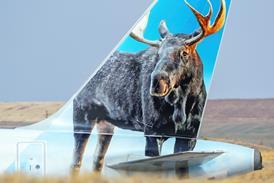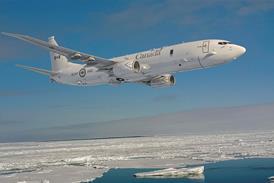Two advanced rotorcraft programmes operated by two major US defence contractors have passed significant milestones.
Sikorksy on 21 May began blades-on ground testing for the X2 technology demonstrator, one the last few milestones before first flight.
The T800-powered X2 is designed to cruise faster than 250kts, a roughly 60% speed increase over conventional helicopter designs. In cruise flight, the majority of thrust power shifts to a aft-mounted pusher-propeller.
Sikorsky’s main efforts before first flight now involve integrating the subsystems, says X2 programme manager Russell Gray, who adds the milestone is “within arm’s grasp”.

©Sikorsky
Meanwhile, Boeing unofficially claimed a new world record by flying the turbine-powered A160T for 18.7 hours on a single flight staged between 14 and 15 May.
The same unmanned helicopter on 9 May also surpassed a key goal set by the project’s sponsor, the Defense Advanced Research Projects Agency (DARPA). The A160T is required to demonstrate hover-out-of-ground-effect at 15,000ft, but exceeded that goal by hovering at 20,000ft, Boeing says.
Both programmes are intended to shatter different barriers that have limited conventional rotorcraft designs for more than a half-century. The X2 is aimed at breaking the 160kt speed barrier, while the A160T is designed to remain aloft for the than 20hr.

Source: FlightGlobal.com























